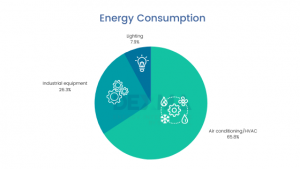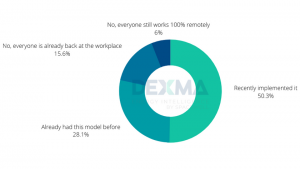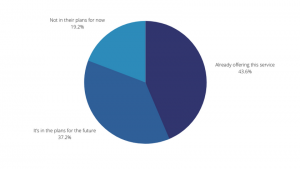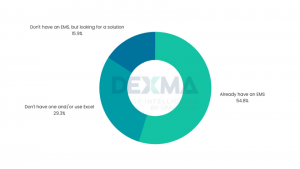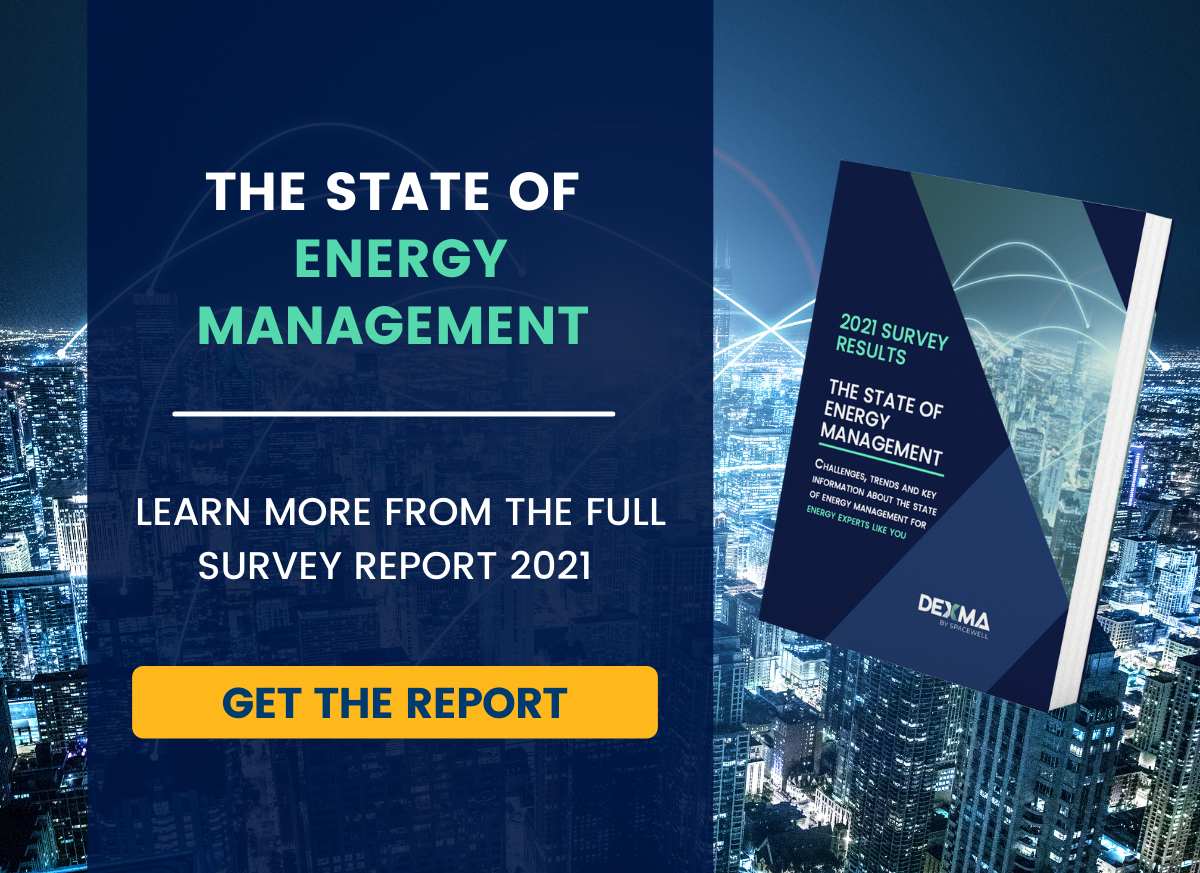At the end of 2021 we launched our State of Energy Management Survey to find out what energy professionals think of their industry, what challenges they have and what issues matter the most to them.
We received more than 400 responses! If you want to discover the main statistics, you’ll find them in this article. For full details of the survey, download the full report here.

1. Where Energy Is Consumed Most
Did you know that more than 32% of participants say that energy-related costs account for more than 10% of their total operating costs, and that almost 50% estimate their annual energy cost to be more than €100,000? In particular, 12% estimate that they have an annual energy cost of more than €1 million.
Furthermore, participants agree that HVAC is the most energy-intensive component in their buildings, followed by industrial equipment and lighting.
2. End Customer Energy Management Challenges
A high percentage of respondents report a perception that their energy management strategies are not efficient enough. This may be due to the challenges they face in managing energy within the company.
When we asked them to tick their top 3 challenges we found that these were:
- Starting new energy efficiency projects
- Verifying the energy savings of their projects
- Identifying new savings opportunities in existing projects
3. The Trend towards Hybrid Working
Respondents’ answers provide a clear example of how each organisation has adapted differently, but the trend is towards a hybrid model of working. In fact, almost 80% indicated that they work in this model.
In particular, half of the participants say that their company has recently implemented the hybrid model, combining face-to-face and remote work.
On the other hand, almost 30% of companies already had hybrid (or flexible) models before the pandemic, and have continued with them over the last year.
Of the remainder, only 6% reported continuing to work 100% remotely, and the rest have already returned to the traditional model.
4. Monitoring Indoor Air Quality
In the survey, we asked companies whether they have already implemented measures to monitor indoor air quality, and 44% indicated that they have.
While 27% say they have not implemented monitoring procedures yet, but are contemplating it in their next plans.
Interestingly, such is the importance of this type of control in buildings that 43% of Energy Service Companies already offer these services to their customers, and another 37% plan to include them by 2022.
5. Use of Energy Management Solutions
The use of energy analysis and management tools such as Energy Management Software (EMS) is becoming increasingly widespread among professionals both in Spain and in Europe. In fact, 55% of those surveyed indicated that they already have an EMS in place.
Even so, almost 30% of the respondents indicated that they do not have a specialised tool and continue to work with huge Excel tables.
Those using EMS also have their own particular challenges, questions about how to get the most out of them. You can find out more in the full report.
6. Energy Efficiency Services Offered by Utilities
It is clear that the involvement of Utilities in the energy transition and efficiency is key. Therefore, 62% of the Utility professionals surveyed said that they already offer energy efficiency management services to their customers. And although 21% said they are not offering this type of service yet, they are considering it as one of their next strategies.
If you want to know more data such as the trends in technology for this decade, the challenges for professionals in the sector, or the emerging professional profiles, download the full report pdf here. You will find more and other issues related to the industry.

